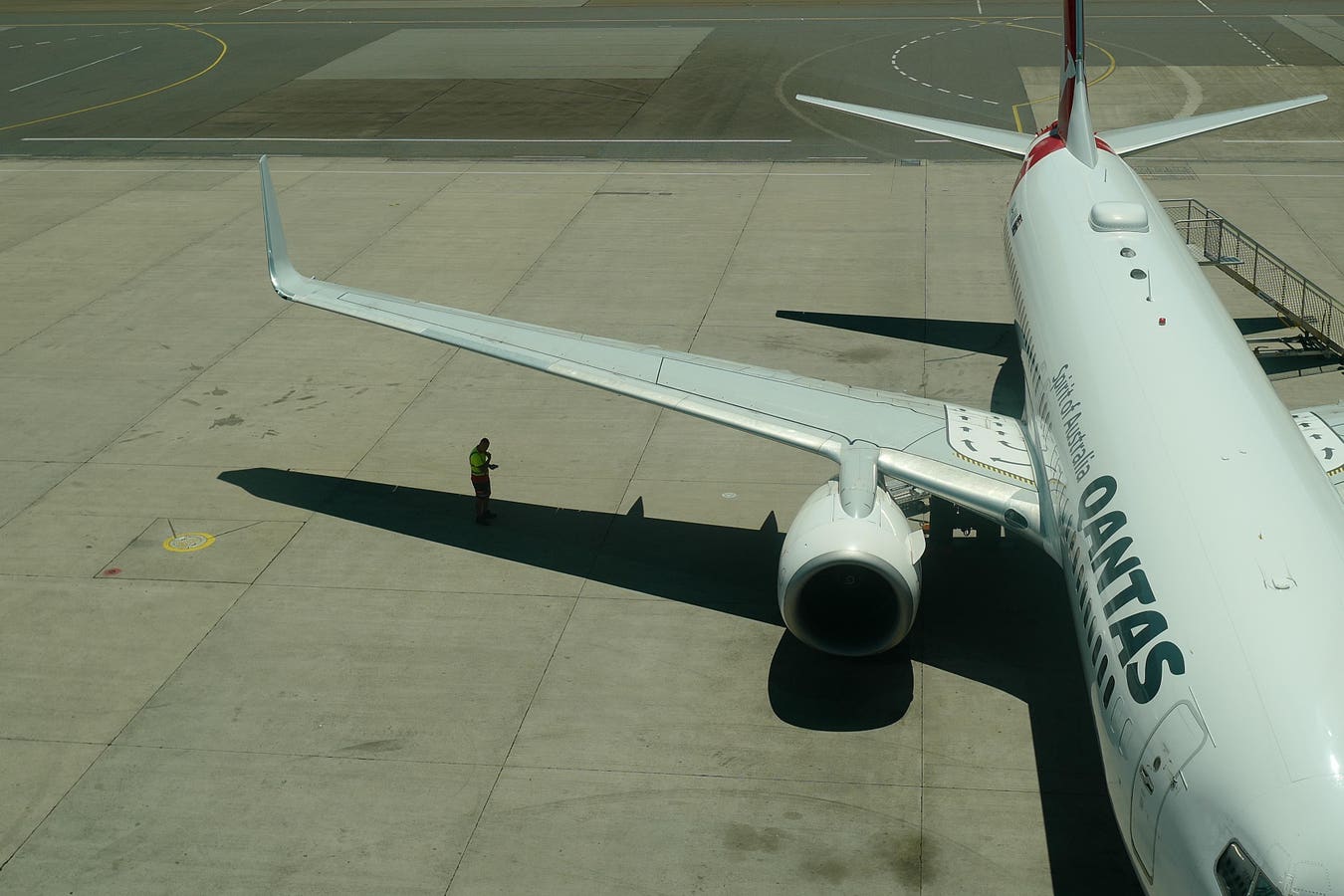Boeing
BA stock has seen a decline of 10% from levels of $215 in early January 2021 to around $190 now, vs. an increase of about 15% for the S&P 500 over this roughly 3-year period. However, the decrease in BA stock has been far from consistent. Returns for the stock were -6% in 2021, -5% in 2022, and 1% in 2023. In comparison, returns for the S&P 500 have been 27% in 2021, -19% in 2022, and 13% in 2023 – indicating that BA underperformed the S&P in 2021 and 2023.
In fact, consistently beating the S&P 500 – in good times and bad – has been difficult over recent years for individual stocks; for heavyweights in the Industrials sector, including UNP, HON, and UPS, and even for the megacap stars GOOG, TSLA, and MSFT.
In contrast, the Trefis High Quality Portfolio, with a collection of 30 stocks, has outperformed the S&P 500 each year over the same period. Why is that? As a group, HQ Portfolio stocks provided better returns with less risk versus the benchmark index, less of a roller-coaster ride, as evident in HQ Portfolio performance metrics.
Given the current uncertain macroeconomic environment with high oil prices and elevated interest rates, could BA face a similar situation as it did in 2021 and 2023 and underperform the S&P over the next 12 months – or will it see a recovery? From a valuation perspective, BA stock looks like it has room for growth. We estimate Boeing’s Valuation to be $235 per share, reflecting more than 20% upside from its current levels of $192. Our forecast is based on 1.9x revenues for BA, aligning with its last five-year average. We expect 2023 sales to be around $73 billion for the company and an adjusted loss of $5.85 per share, compared to $66.6 billion in sales and $11.06 loss per share in 2022.
Boeing’s revenue of $18.1 billion in Q3 was up 13% y-o-y, primarily due to 25% growth in commercial airplanes, while global services segment sales were up 9%, and defense, space, and security revenue was up 3%. Commercial airplane deliveries declined 6% y-o-y to 105 in Q3. The company lowered its 2023 delivery outlook to 375-400 737 aircraft compared to its prior guidance of 400-450. This can be attributed to fuselage-related issues in production. The company’s core operating margin stood at -6.6% in Q3 versus -19.2% in the prior-year quarter. Boeing’s adjusted loss of $3.26 per share in Q3 narrowed from $6.18 in the prior year quarter.
Although there are near-term headwinds for Boeing, its long-term growth prospects look solid, with a backlog of $469 billion. The company should be able to sort its production issues and ramp up production for 737 aircraft in the coming quarters. We estimate positive earnings of $4.07 in 2024, and the bottom line will likely see robust growth in the coming years. There is a strong demand for new aircraft from airlines, which will bode well for Boeing.
While BA stock looks like it can see higher levels, it is helpful to see how Boeing’s Peers fare on metrics that matter. You will find other valuable comparisons for companies across industries at Peer Comparisons.
Invest with Trefis Market Beating Portfolios
See all Trefis Price Estimates
Read the full article here





